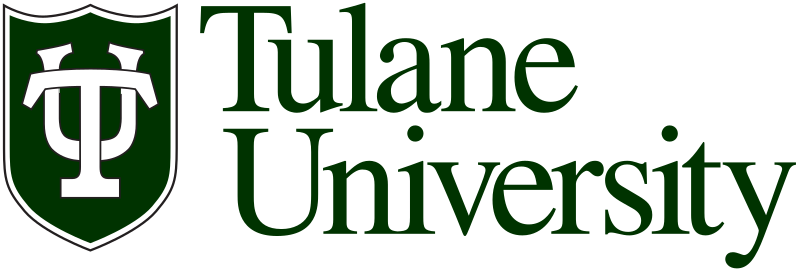Current Research:
This research is IRB approved via Tulane University. View IRB Here→
Phase 1→
- Study Design.
- IRB approval.
- Identifying and screening of expert panel candidates.
- Literature Review.
Phase 2→
- Interviewing expert panels.
Phase 3→
- Identify axioms.
- Identify best practices for treatment guidelines.
Phase 4→
- From findings develop handbooks and resources.
- Textbook for training purposes.
Phase 1→
How It Works:
Identified educational, training resources, and literature. Developed study design. Training protocols were developed and established for all research members. Created infrastructure to carry out study design. Literature review to explore the current torture research and treatment modalities. Identified expert panel to participate. All expert panel candidates have 10 years of experience treating torture survivors.
Phase 2→
How It Works:
This involves our eight-member video analysis team taking on the role of Reviewer A using the VGA Protocol. Reviewer A is responsible for first identifying study variables extracted from an interview video. Reviewer A is responsible for completing the Variable Generated Form (VGF). This Form provides the data for helping the team work with the interviewee to get it her or his meaning right; to make sure that the expert is pleased with our naming and description of the variable.
Their assignment is to go to the web address that contains a YouTube video of an interview. It would be similar to the 12-15 interviews we will study this semester that focus on the truisms of torture trauma treatments. This interview focuses on trauma treatments.
We anticipate that their skills will be tested and honed through this exercise. This will help us do a better job in identifying the variables generating from our interviewees, which in turn, and might lead to better handbooks for torture survivors. This will also lead to a paper, among others, we can publish that focus on our perfecting best practices with this approach.
Phase 3→
How It Works:
Through expert panel interviews and literature we are able to identify axioms for torture treatment guidelines at several different levels.
Phase 4→
How It Works:
From our research model we identify axioms.
The Committee represents and is committed to carrying out the 3T Initiative. Although is an APA Division 56 initiative other divisions and professions will be involved as members of the expert panel and involved in writing handbooks.
The 3T Initiative Committee members are Dr. Patricia Das-Brilsford, Dr. Ani Kalayjian, Dr. Terry Keane, Dr. Ibrahim Kira, Dr. Lisa Rocchio, and Dr. Charles Figley (coordinator). Each have a role to play in two of the three handbooks, based on their areas of expertise. Initial assignments are:
Handbook for Torture Trauma Survivors (Kira & Keane),
Handbook for Torture Survivor Families (Brailsford & Kalayjian),
Handbook for Torture Survivor Practitioners (Figley & Rocchio).
